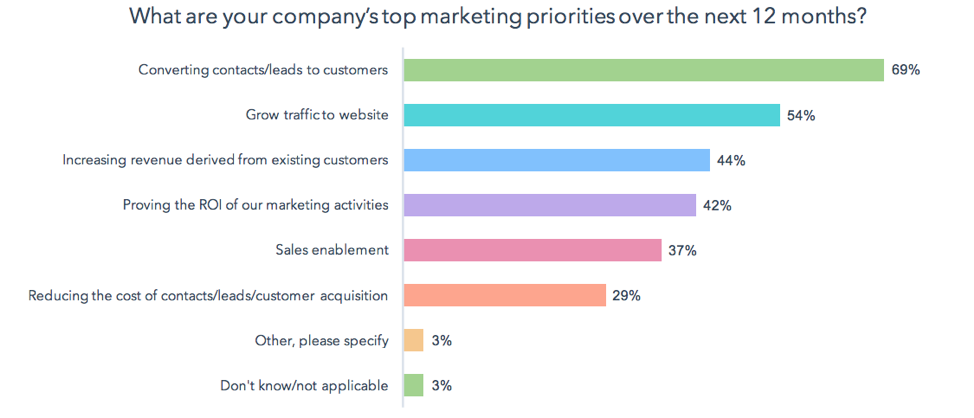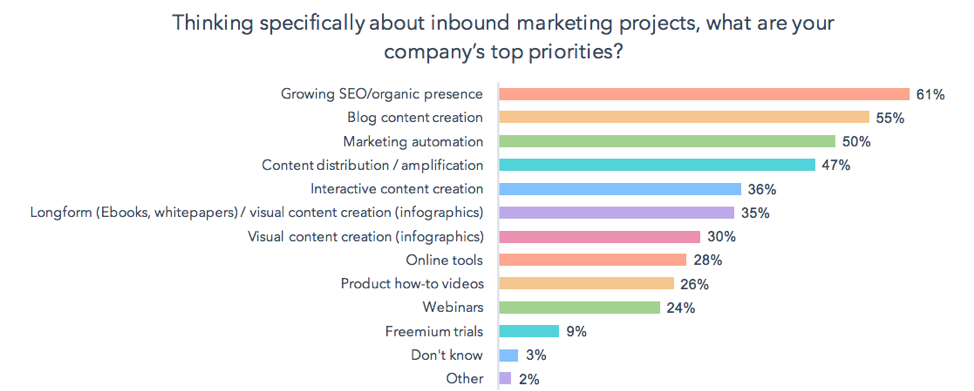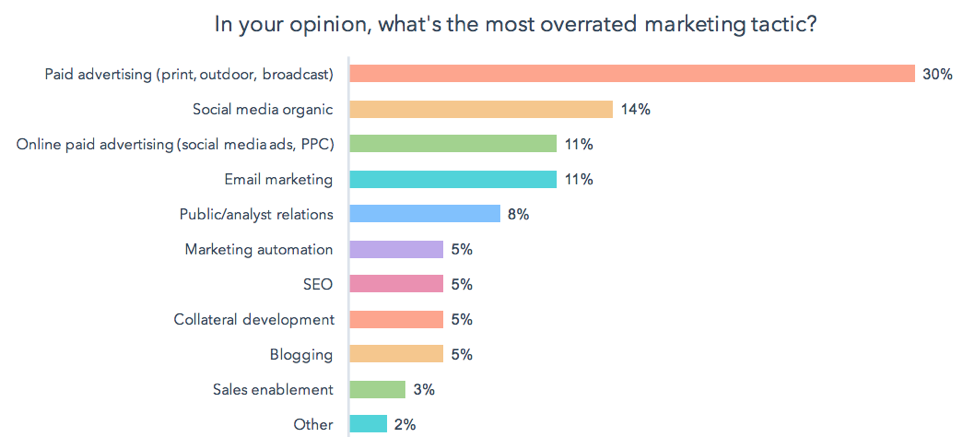
Fresh out of Hubspot’s yearly marketing conference in Boston graciously titled Inbound. I have all kinds of great and horrible ideas about crazy campaigns
So to frame this thing properly, I need to give some context. Flat out, I don’t dig these type of conferences usually. I’ve gone to IBM’s Amplify, Marketo’s bonanza or whatever it’s called, Dreamforce or Salesforce or whatever they call their meeting and it’s always the same stuff. Huge platforms are attempting to sell you all kinds of crazy enterprise level marketing tech and then teeing you up to be pitched by vendors (agencies) that you will need to tell you how to use the thing you just purchased.
I’m in marketing and I hate being pitched to. I’m too transparent and impatient to listen to someone tell me how smart we are to be looking at this or that platform and if I ever read another proposal that includes “deep dive to understand your….” it will be too soon (seriously folks, stop using deep dive on your plans, you sound like a scam artist when you do.)
I have to say though; Inbound felt different. There were vendors there, but they are mostly vendors that focus on rip and replace integration. I wasn’t inundated with service vendors at every turn trying to land a twelve-month contract from every marketing director of a brand that walked by. That is a good thing.
The Keynotes were pretty good. I met one of the CoFounders of Hubspot, Brian Halligan at one of the dinner events. I told him pretty much everything that I’m writing in this blog post and said to him that I was going to do a recap. He seemed flattered and was just happy that I was enjoying myself and learning some things.
As for learning a few things, here were my main takeaways from a conference with some of the smartest people in digital marketing in attendance.
- Data Integration is key.
- Messenger marketing is a huge opportunity. If you’re not learning Messenger marketing and planning on adding it to your strategy, do so now.
- Facebook and Google will continue to aggregate as much data and business into each of their platforms and make it harder for you to get any data out of their platforms to use elsewhere.
- If you’re a brand and you’re still using resources on organic social, you should stop because Facebook doesn’t care, it’s pay to play.
- If you haven’t already, focus on video content that is optimized for Instagram stories and vertical format. More Instagram and less Facebook depending on your audience
- Google is about to start moving so fast in Adwords and search that it will begin to challenge brands to maintain organic traffic levels.
I also picked up some pretty solid data points that point to where we are all at as an industry.
We still suck at the simple stuff like generating leads and converting those leads even though it’s our highest priority.

We also still know where our bread is buttered. Organic content is still a top priority and on everyone’s radar. The question is, how many of us actually don’t suck at creating relevant content that our customers want to actually consume?

A lot of people are jumping into Youtube and LinkedIn this year. They are probably also going to log into their AOL account on a windows 95 machine.


Overall, my first experience at Inbound was a positive one. I’m actually vetting Hubspot for a possible partnership for my current role and it was great to see first hand how intuitive yet customizable their enterprise level solution is. The hundreds of integrations with everything from Mailchimp, to Callrail, to Databox make it an even better platform for us marketers that have a convoluted stack of solutions we are leveraging.
